
| Recorded by: Allison Garton on 2025-06-09
Moore Co.
Comment: | 
| Recorded by: Allison Garton on 2025-06-09
Moore Co.
Comment: |

| Recorded by: David George, Jeff Niznik on 2025-05-09
Cumberland Co.
Comment: | 
| Recorded by: David George, Jeff Niznik on 2025-05-09
Cumberland Co.
Comment: |
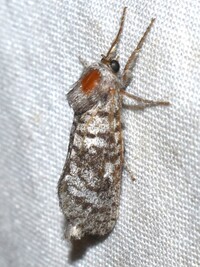
| Recorded by: David George, Jeff Niznik, Kenneth Geisert, David Bradley, Julie Tuttle, Patrick Coin, Kaitlyn Elliott, Becky Watkins on 2024-08-17
Durham Co.
Comment: | 
| Recorded by: John Petranka on 2023-06-30
Orange Co.
Comment: |
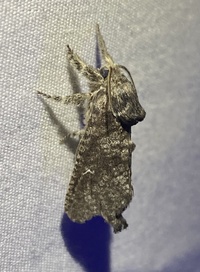
| Recorded by: David George on 2023-05-16
Durham Co.
Comment: | 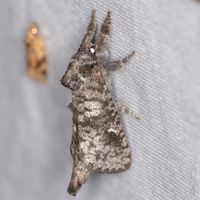
| Recorded by: David George, L. M. Carlson on 2022-07-14
Orange Co.
Comment: |

| Recorded by: Jim Petranka, Bo Sullivan and Steve Hall on 2021-05-10
Moore Co.
Comment: | 
| Recorded by: Christine Goforth on 2020-08-04
Wake Co.
Comment: |
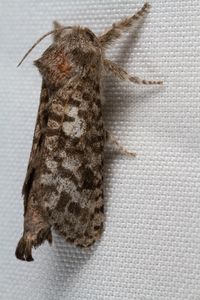
| Recorded by: Christine Goforth on 2020-08-04
Wake Co.
Comment: | 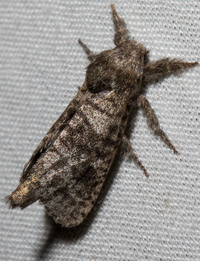
| Recorded by: Stephen Hall on 2020-07-27
Orange Co.
Comment: |

| Recorded by: Lenny Lampel on 2020-07-24
Mecklenburg Co.
Comment: | 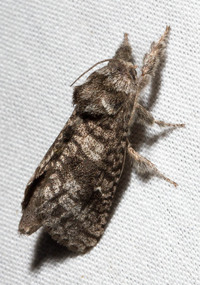
| Recorded by: Steve Hall on 2020-07-21
Orange Co.
Comment: |

| Recorded by: Steve Hall on 2020-07-21
Orange Co.
Comment: | 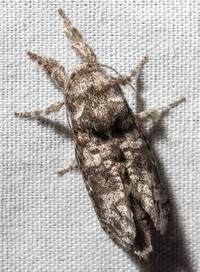
| Recorded by: Steve Hall on 2020-07-21
Orange Co.
Comment: |
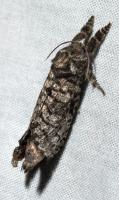
| Recorded by: Steve Hall on 2020-07-08
Orange Co.
Comment: | 
| Recorded by: Mark Shields on 2019-07-24
Onslow Co.
Comment: |
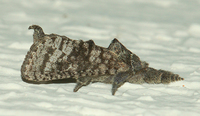
| Recorded by: Parker Backstrom on 2010-08-06
Chatham Co.
Comment: | 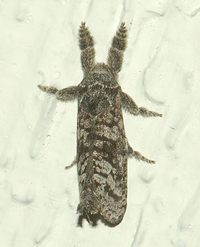
| Recorded by: Parker Backstrom on 2010-08-06
Chatham Co.
Comment: |
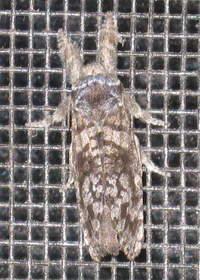
| Recorded by: Harry Wilson on 2009-06-23
Wake Co.
Comment: | 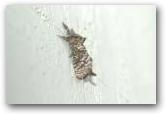
| Recorded by: ASH on 2007-07-10
Moore Co.
Comment: |
|

 »
»




 »
»


